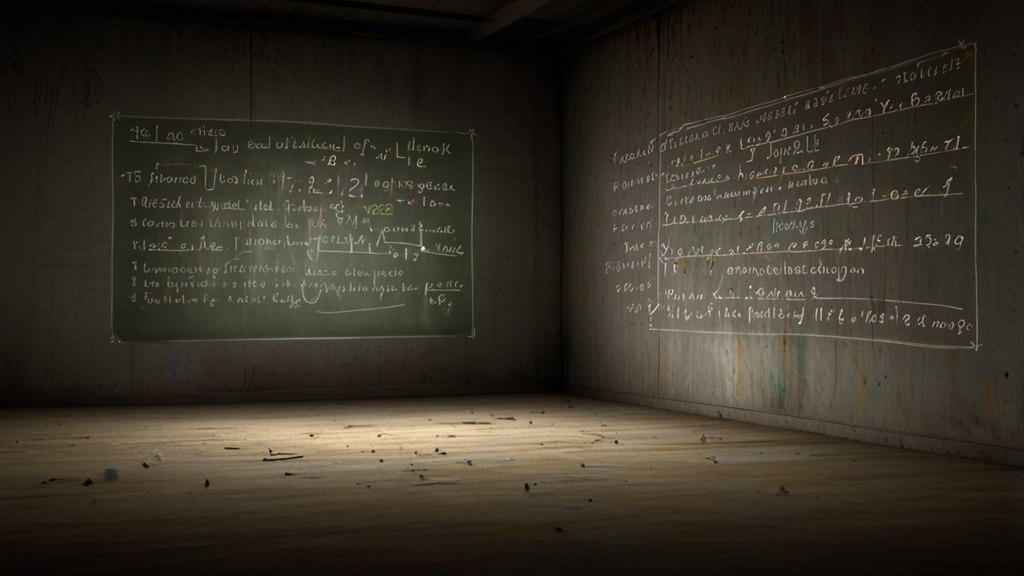Secret Languages of Mesopotamia: Decoding Cuneiform's Mysteries
The cradle of civilization, Mesopotamia, has long intrigued historians and archaeologists with its rich tapestry of ancient cultures. At the heart of this historical wonder lies cuneiform, one of the earliest systems of writing developed by the Sumerians around 3400 BCE. This wedge-shaped script has been instrumental in unveiling the secrets of early human societies, yet it remains shrouded in mystery. Decoding cuneiform has not only provided insights into the daily lives of ancient Mesopotamians but has also highlighted the sophisticated nature of their communication system.
The Birth of Cuneiform
Cuneiform, derived from the Latin word "cuneus" meaning "wedge," is a system of writing that utilized a reed stylus to make impressions on clay tablets. Initially, it was pictographic, with symbols representing objects or concepts. Over time, these symbols evolved into a more abstract and versatile syllabic script.
"The progression from pictographs to cuneiform is a testament to the ingenuity and adaptability of the Sumerians," says Dr. Sarah Milstein, a renowned Assyriologist. "It’s fascinating to see how they transformed simple drawings into a complex system capable of expressing abstract ideas."
The development of cuneiform was driven by practical needs. As societies grew and economies became more complex, there emerged a necessity to keep records of transactions, administrative activities, and even laws. This need for documentation led to the birth of one of humanity’s most significant inventions—writing.
Decoding the Script
The key to understanding cuneiform lay hidden for centuries until the discovery of the Behistun Inscription in the mid-19th century. This trilingual inscription, carved on a cliff in modern-day Iran, featured Old Persian, Elamite, and Babylonian cuneiform scripts. British officer Henry Rawlinson played a pivotal role in deciphering the inscription, which subsequently unlocked the meanings of thousands of cuneiform texts.
Deciphering cuneiform was no small feat. Scholars meticulously compared symbols across different languages and texts, gradually building a lexicon. One of the major breakthroughs came when Rawlinson identified that some cuneiform symbols represented syllables while others represented entire words. This revelation allowed for a more comprehensive understanding of the script.
The Richness of Cuneiform Texts
Once deciphered, cuneiform texts opened a window into Mesopotamian life. Tablets revealed a spectrum of content, from mundane administrative records to epic literature. One of the most famous cuneiform texts is the "Epic of Gilgamesh," a profound narrative that offers insights into human nature, mortality, and friendship.
"The 'Epic of Gilgamesh' is more than just a literary masterpiece," asserts Dr. Jacobsen, an expert in ancient literature. "It provides a rare glimpse into the worldview and philosophical inquiries of Mesopotamian society."
Cuneiform texts also include legal documents like the Code of Hammurabi, which outlines one of the earliest known sets of laws. These laws reflect the complexity and organization of Mesopotamian society, offering parallels to modern legal systems.
Legacy and Influence
The influence of cuneiform extends beyond its historical period. Its development marked a pivotal point in human communication, laying the groundwork for future writing systems. The practice of recording history, laws, and stories has been indispensable for the advancement of societies globally.
Moreover, the decipherment of cuneiform has had profound implications for various fields of study. Historians, linguists, and archaeologists continue to draw upon cuneiform tablets to better understand the political, economic, and social dynamics of ancient Mesopotamia. The ongoing research and excavation efforts still promise new discoveries, potentially revealing further intricacies of this ancient script.
Conclusion
Decoding the mysteries of cuneiform has been akin to piecing together a vast, intricate puzzle of early human civilization. These wedge-shaped impressions on clay tablets have proved to be more than just relics of a bygone era; they are a testament to the ingenuity, complexity, and evolution of human communication. As we continue to unearth and interpret cuneiform texts, we enrich our understanding of the ancient world, drawing connections to our present and forging pathways for future discoveries.
"Every newly deciphered tablet is a step closer to fully appreciating the cultural and intellectual achievements of the Mesopotamians," concludes Dr. Milstein. "Cuneiform is not just a script; it’s a bridge to our shared human heritage."









